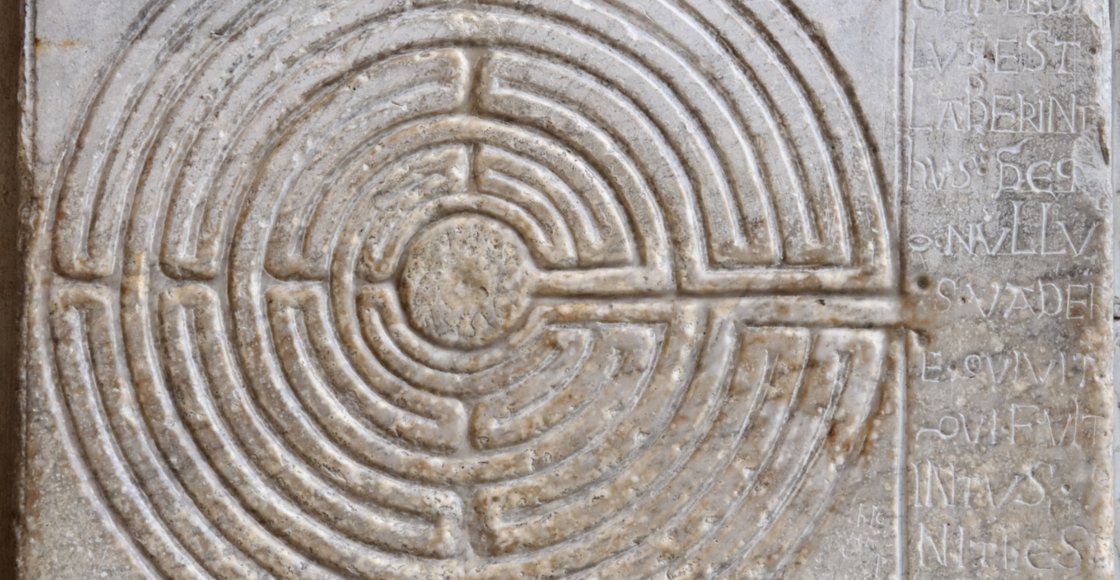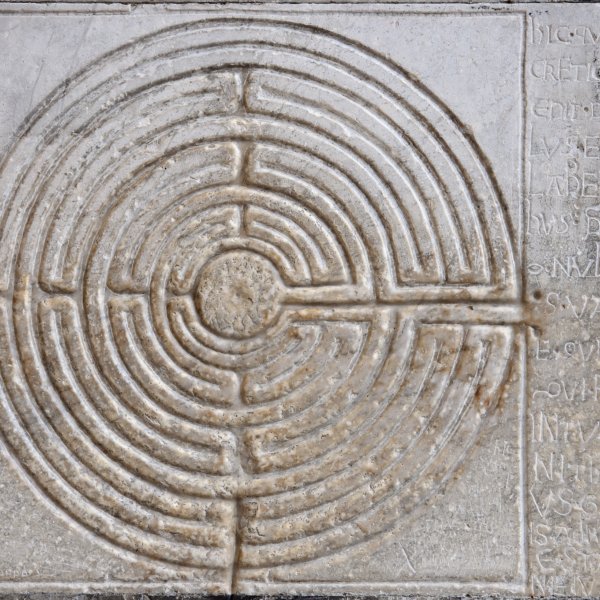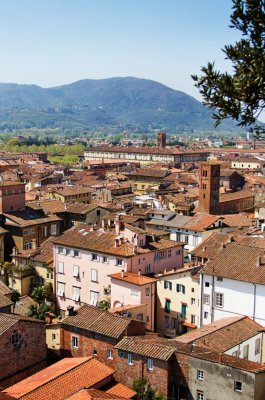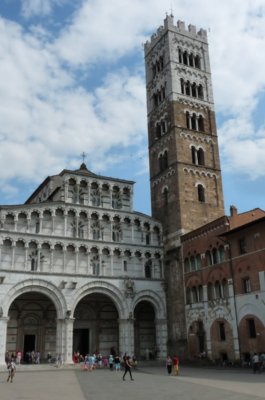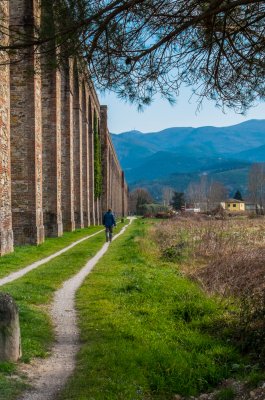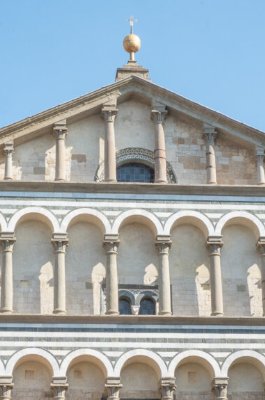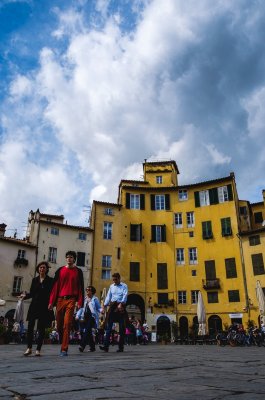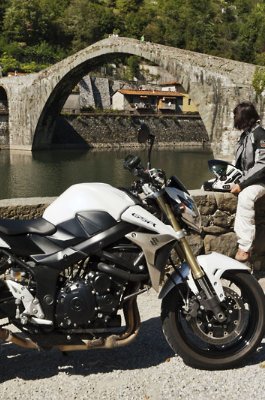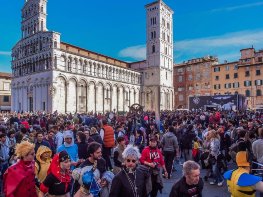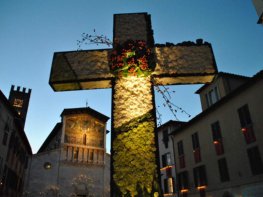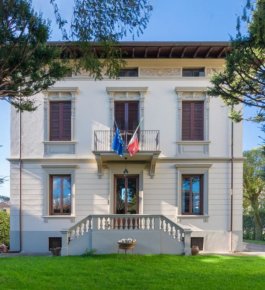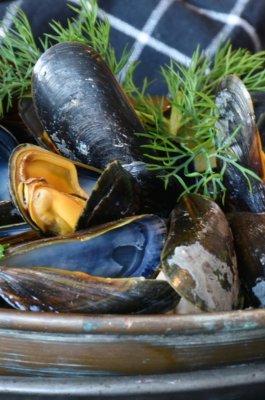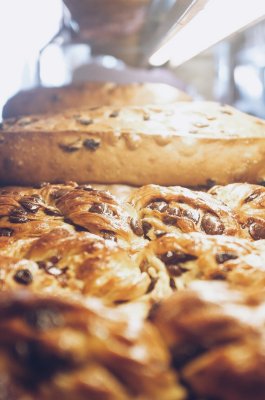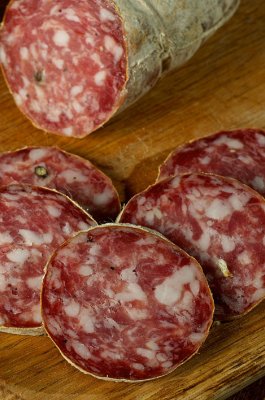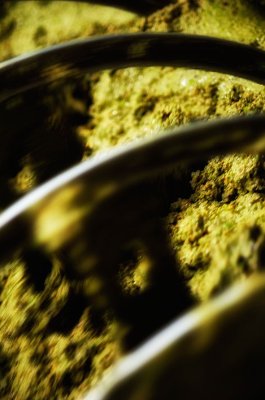After passing the Badia di San Pietro and the remnants of the ancient monastic complex, leave Camaiore to enter the green Via Francigena. Winding through dense forests and jaw-dropping views, the route climbs toward the village of Montemagno, once a lookout point over the Valle della Freddana. From here, continue toward Valpromaro, along paved stretches of road, then plunge back into the forests, passing through Piazzano. The Serchio River marks your approach to Lucca, which you reach by crossing the San Pietro Bridge. Enter the “city of a hundred churches” through the ancient Porta San Donato then meander through the historic center, enclosed within the 16ᵗʰ-century walls. In the jealously guarded Cathedral of San Martino is the Volto Santo (Holy Face), a wooden crucifix linked to a tradition that tells of how Nicodemus carved this work based on the true face of Jesus. In addition, on the exterior wall of the cathedral is the mysterious labyrinth, a symbol of walking and spirituality for pilgrims.
Sito ufficiale della Francigena Toscana ©2025
Scorri in basso per cambiare lingua










